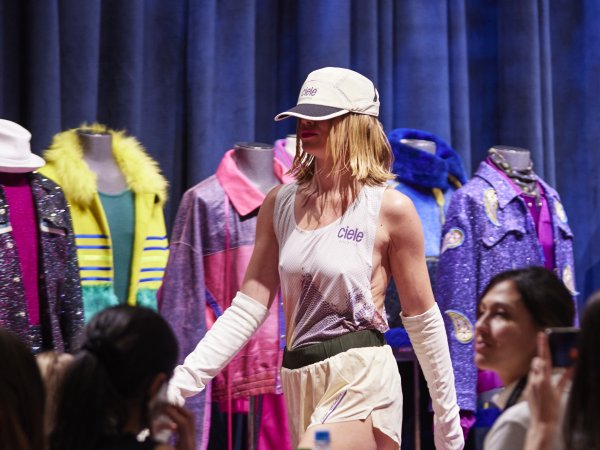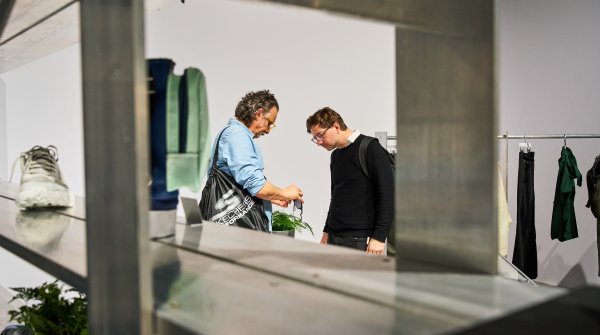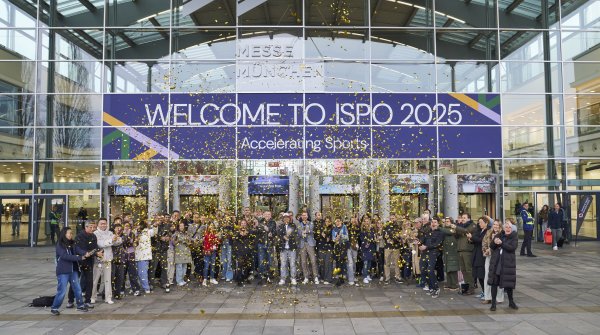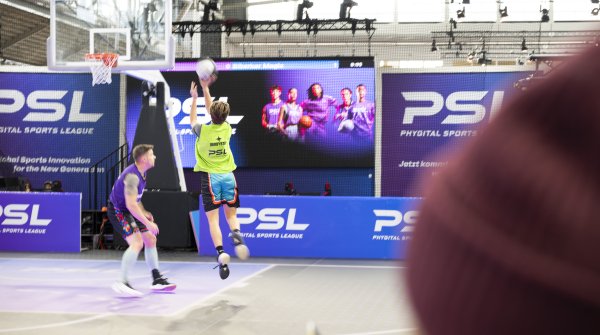The current highlight of this ongoing liaison between sport and fashion was illustrated by the Olympic Games in Paris. The year before, the French luxury goods group Moët Hennessy Louis Vuitton (LVMH) signed a sensational sponsorship agreement for the Paris 2024 Olympic and Paralympic Games. The company is paying a sensational 150 million euros to be able to prominently present a whole range of its own brands in the high-reach and emotional sports environment. This brings the topic of sports fashion even more into focus – not only will the medals be designed by LVMH jeweler Chaumet, but the uniforms of selected teams will also be provided by the LVMH brands Louis Vuitton, Dior and Berluti.
Throughout the summer, many of the Group's fashion houses also hosted sport-themed exhibitions and events, and for the first time, LVMH-sponsored athletes competed at the Games, including world swimming champion Léon Marchand, European gymnastics champion Mélanie de Jesus dos Santos and Olympic fencing gold medalist Enzo Lefort. This also brought the topic of sports fashion to the forefront of public attention. "The 'premium' partnership between LVMH and the Olympic Games is the biggest sign yet of the new importance of sport for fashion," writes the US B2B fashion magazine Business of Fashion on the occasion of the cooperation.
However, fashion itself has hardly missed an opportunity to express its affinity with sport in recent years. From athleisure to gorpcore, tenniscore and balletcore to the very latest blokecore - fashion loves these bold, sports-inspired looks that spread like wildfire on social media. Blokecore made it from the viral social media trend from the sports field to the street with its football-inspired outfits in the European Championship year 2024 at the latest. With its old money aesthetic, polo shirts, cable-knit patterns and pleated skirts, tenniscore has also been at the forefront of fashion in recent seasons - not least thanks to celebrity support. Even Hollywood has been firing up the tennis theme with the movie "Challengers", starring US megastar Zendaya as a tennis coach. (Incidentally, the film and its tennis scenes are not being kitted out by Nike or Adidas, but by luxury fashion brands Loewe and Longchamp).
Urban outdoor, contemporary outdoor, gorpcore - or whatever you call the outdoor-inspired leisure look - is one of the strongest fashion trends of recent years with its authentic and rugged to highly technical looks, and is far from being outdated. In fact, gorpcore embodies a new attitude to life among Gen Z, who are longing for experiences with and in nature, not least as a result of the pandemic. Gorpcore and the new outdoor movement as a whole are therefore far more than just a short-term fad. Rather, it seems as if gorpcore is here to stay – and to take a firm place in modern sports fashion.
The fusion of sport and fashion has caused a profound change in the fashion and sports industry. In recent years, more and more fashion brands have started to add sports styles to their collections. Firstly, in the luxury segment: hardly any luxury fashion brand today can do without a sports capsule or even an independent sports label. From a consumer perspective, this is only logical: why should luxury customers settle for sports brands that are primarily positioned in the mainstream for their sporting activities? On the other hand, the mass fashion market has also moved in the direction of sport. Fast fashion brands such as H&M and Zara also offer sports collections because their sporty customers are looking for functional clothing. Just in fall 2023, for example, H&M introduced equestrian clothing.
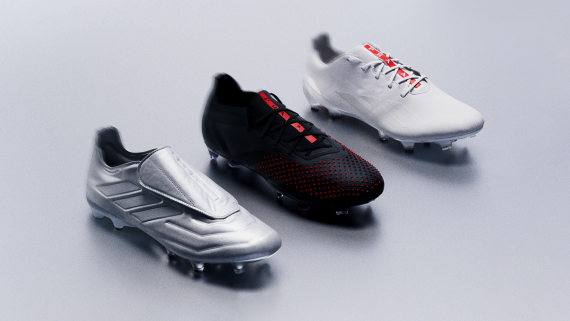
The triumph of sports fashion runs parallel to the growing enthusiasm for athletes. The French fashion designer Jean-Charles de Castelbajac once said: "Athletes embody the ultimate form of the peaceful hero". They stand for positive values such as team spirit, performance, fairness and fun, which are important in our society. With athletes, brands can demonstrate attitude and purpose without polarizing or fearing contradiction. In turn, fashion brands are increasingly using athletes for their messages and recognizing their commercial value. According to management consultants PwC, the sports sponsorship market is set to grow from 63 billion US dollars in 2021 to 109 billion US dollars in 2030. A good example of this is Louis Vuitton's new campaign featuring tennis legends Roger Federer and Rafael Nadal. Instead of on the tennis court, the two former rivals are photographed as companions climbing mountains. The fashion label thus creates a visual metaphor for their stellar careers, their ambition, but also their mutual respect, which here even leads to friendship.
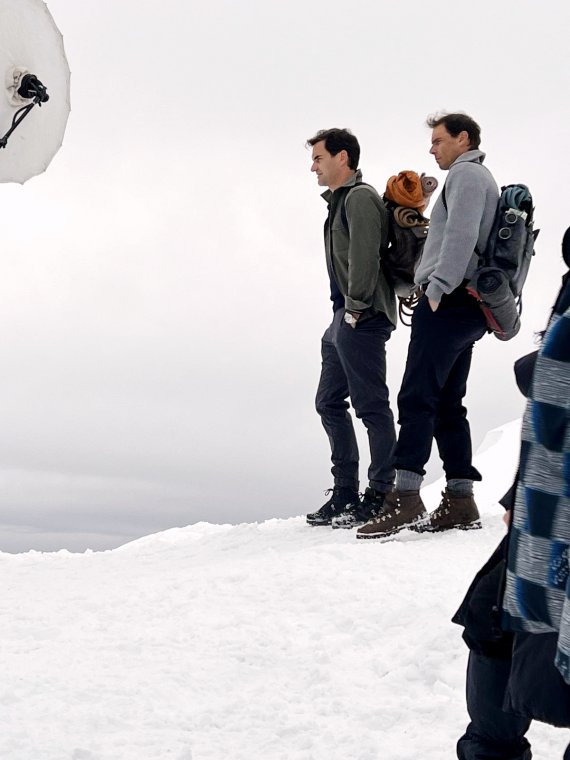
The influence of these superheroes on fashion and society has increased steadily thanks to social media. Today, what athletes wear in their free time or on the way to the stadium is closely monitored. This makes them increasingly interesting for fashion brands – especially in the context of current sports fashion, which has long had an impact beyond the playing field.. When Italian tennis pro Jannik Sinner appeared at Wimbledon with a Gucci bag, which was a surprise given the strict dress code, the image went viral. At the same time, athletes themselves are becoming fashion icons, such as professional basketball player LeBron James, who models in the current Louis Vuitton campaign. There are numerous other examples, from Michael Jordan, who wore sophisticated outfits from head to toe back in the 1980s, to Serena Williams, whose catsuit outfit caused a sensation at the French Open. They and many other athletes founded their own labels after their professional careers, from René Lacoste to Tom Brady.
After all, clubs now also want to optimize the fashion appeal of sport and hire professional creative consultants to manage product design, fan merchandise and collaborations. Stella McCartney, for example, designs jerseys for the London soccer club FC Arsenal.
Sport has always brought comfort into fashion. Once you have experienced this comfort, you never want to go back. The sports market thrives on technical innovations in materials and cuts, and fundamental physiological aspects such as freedom of movement and protection are always at the heart of developments. The fact that fashion draws on the repertoire of sport is therefore not a new phenomenon. On the contrary: a look at the history of fashion over the last hundred years shows that sportswear and athletes have repeatedly provided important impetus for the development of fashion and society.
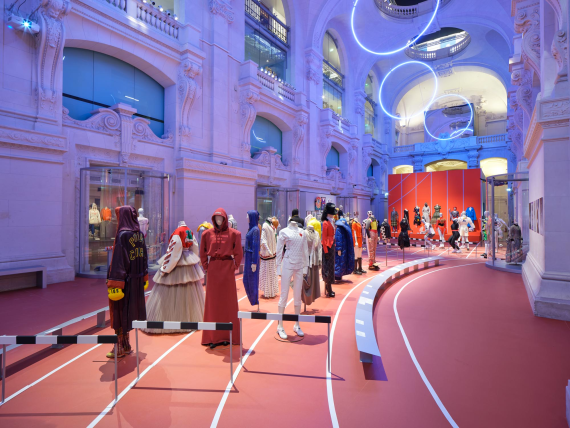
"Sportswear is the most enduring trend of the last hundred years" is even the conclusion of a new Arte documentary on the subject of sport and fashion on the occasion of the Olympic Games in Paris. This sounds entirely plausible: basics such as sneakers, polo shirts, sweatshirts and down jackets are examples of how sports products have migrated from sport to fashion and are now an integral part of it. Even tracksuits, flip-flops, leggings and jogging bottoms have now moved out of the sports arena and become a natural part of everyday fashion. These sporty fits that allow movement and fabrics that are easy to care for, stretchy and breathable are symptomatic of a changing society in which flexibility, performance and health are becoming increasingly important.
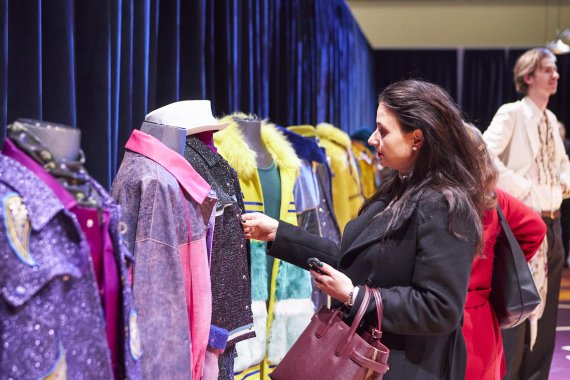
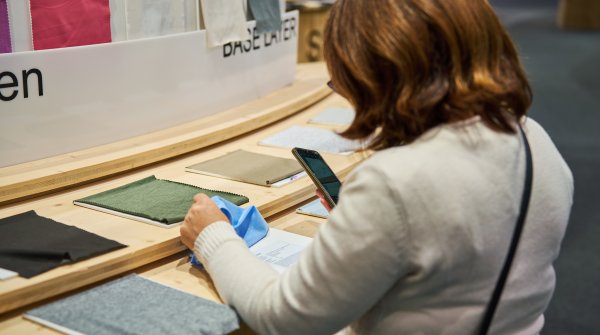 Sports BusinessHow ISPO Extends the Trade Fair Experience All Year Round
Sports BusinessHow ISPO Extends the Trade Fair Experience All Year Round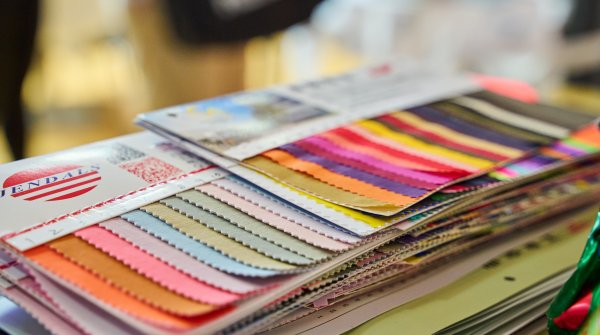 Sports BusinessISPO Textrends: Textile Innovations for Fall/Winter 2027/28
Sports BusinessISPO Textrends: Textile Innovations for Fall/Winter 2027/28
- ISPO awards
- Mountain sports
- Bike
- Design
- Retail
- Fitness
- Health
- ISPO Job Market
- ISPO Munich
- ISPO Shanghai
- Running
- Brands
- Sustainability
- Olympia
- OutDoor
- Promotion
- Sports Business
- ISPO Textrends
- Triathlon
- Water sports
- Winter sports
- eSports
- SportsTech
- OutDoor by ISPO
- Heroes
- Transformation
- Sport Fashion
- Urban Culture
- Challenges of a CEO
- Trade fairs
- Sports
- Find the Balance
- Product reviews
- Newsletter Exclusive Area
- Magazine
